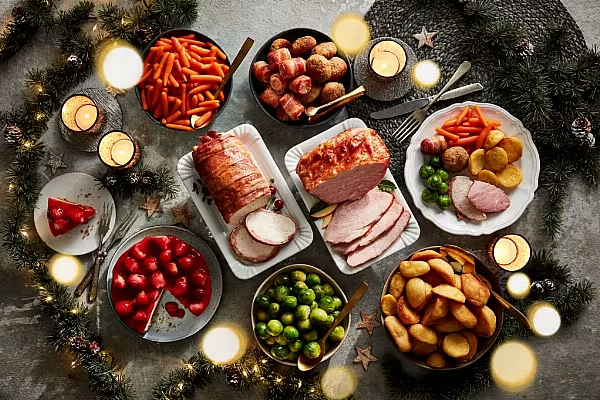By now, most of us are aware that much of the food we eat, in one way or another, contributes to the climate crisis. From food production and waste, to food consumption and diets – the way we produce, eat, store, discard, source and harvest our food can all play a direct role.
This is important to acknowledge because the food system emits a massive amount of the global greenhouse gas emissions – around 37%. And as our new research has found, how we cook our food also feeds into this.
Our study found that up to 61% of food-related greenhouse gases come from home cooking. We also found that different cooking methods and appliances emit different amounts of greenhouse gas emissions.
Reducing Emissions
But the good news is there are things you can do to help reduce these emissions. Using more energy-efficient cooking methods and appliances can help, and would mean that the amount of greenhouse gas released could be up to 16 times lower for some foods.
In our study, we found that microwaves, slow cookers and pressure cookers have the lowest environmental impact, while ovens are the least sustainable way to cook. This is because they have high cooking times and energy demands – and also need to warm up before you can begin to cook your food.
Roasting vegetables in the oven, for example, can create up to 52%-78% of the total greenhouse gas emissions associated with vegetables (from production to distribution to consumption). While using the microwave for cooking, boiling and steaming could reduce greenhouse gas emissions by up to 78%.
Using a pressure cooker is another very energy-efficient cooking method that reduces the time taken to cook meat, pulses, potatoes and vegetables – particularly if it’s electric, as it uses 50% less energy than a stove-top pressure cooker.
Food-Related Emissions
We also found that different foods emit more emissions depending on how they are cooked. Cooking meat accounts for the highest amount of food-related emissions. This is due to the long cooking times and the method used – with roasting in the oven often preferred.
That said, emissions from the production of meat are far greater than those from cooking. So reducing your consumption of meat will generate larger impacts than just changing your cooking practices.
You could, for example, easily make your shepherds pie with pulses rather than mincemeat. Pulses are a rich source of protein and produce up to 29 times lower emissions than meat.
Of course, for some people the differences in taste, texture and aroma from microwave cooking compared to oven cooking, could be a barrier to completely changing cooking practices. But combining methods such as pre-cooking in a microwave would decrease the time required in the oven – and this is far better for the environment.
Cooking Time
This is important because it’s ultimately the cooking time that determines the amount of greenhouse gas emissions released. But this figure is also tightly connected with the type of fuels used to cook.
In the UK, for example, natural gas and electricity are the main cooking fuels. A greener electricity grid would help to reduce greenhouse gas emissions further – meaning cooking with electricity is likely to be even more favourable in the future (once the grid is greener).
But if you’re reading this looking at your beloved oven mournfully, fear not – as we believe that different cooking methods can complement each other to shorten the cooking times of unsustainable appliances and so can help to reduce the environmental impact that way.
So when it comes to making your Christmas dinner, think about ways you can reduce the use of your oven – maybe cook or pre-cook your vegetables in the microwave or pre-cook the meat in the pressure cooker and just finish them of in the oven.
You could also make use of the stove to start things off and finish them in the oven right at the end. And if it’s not too late, you could always add an electric slow cooker to your Christmas list!














